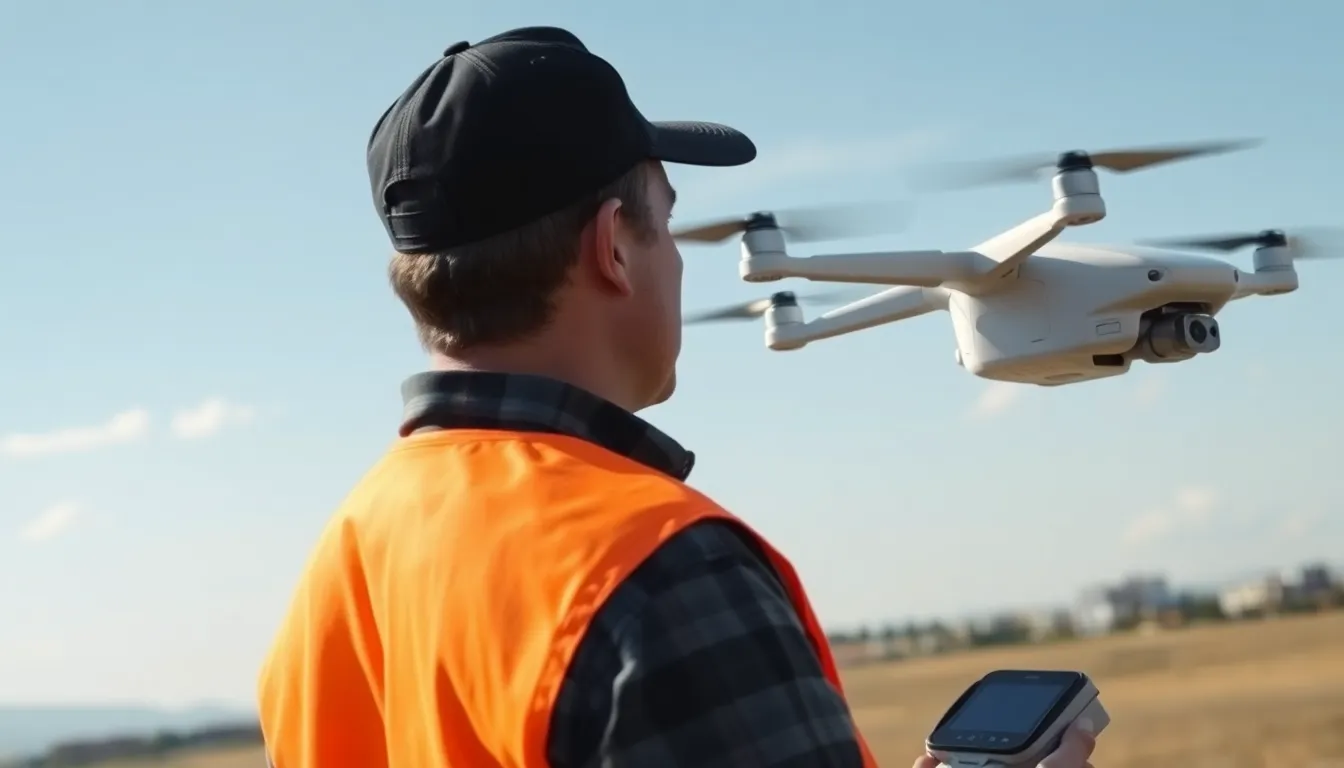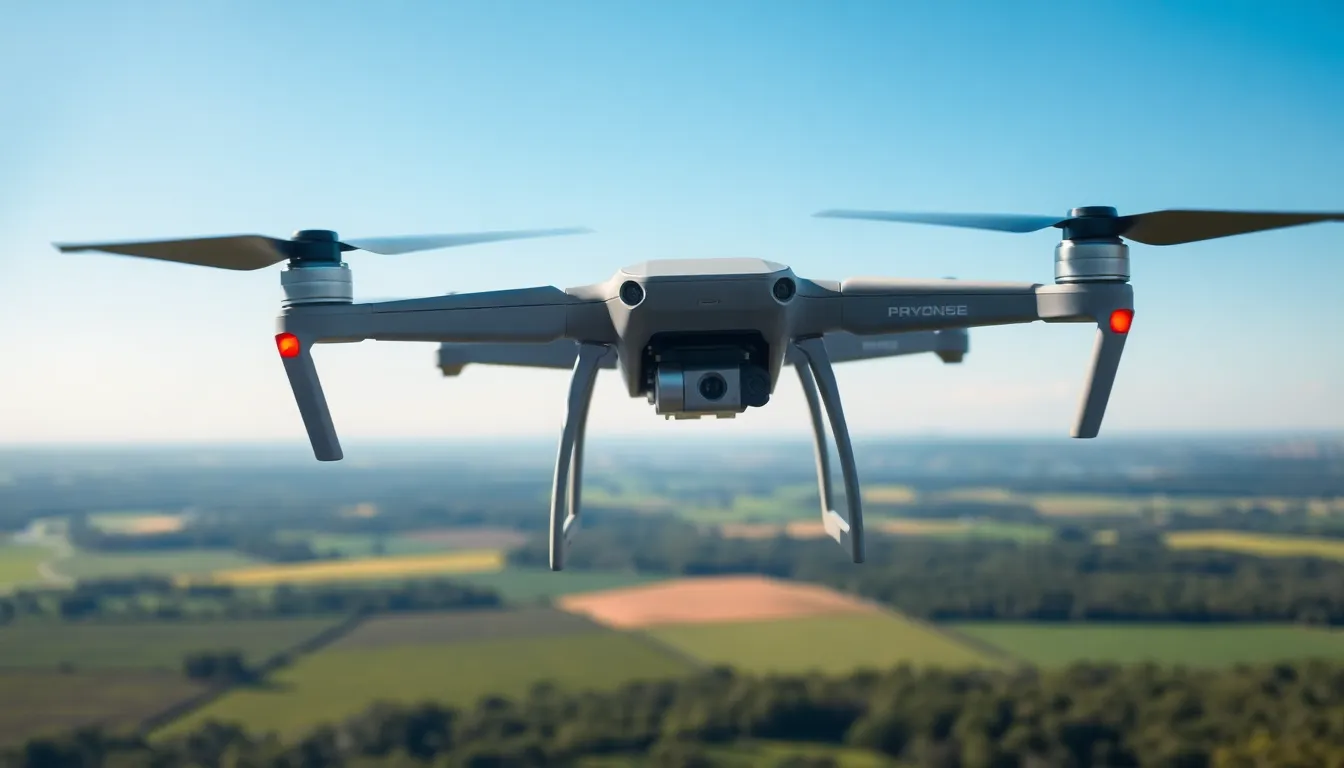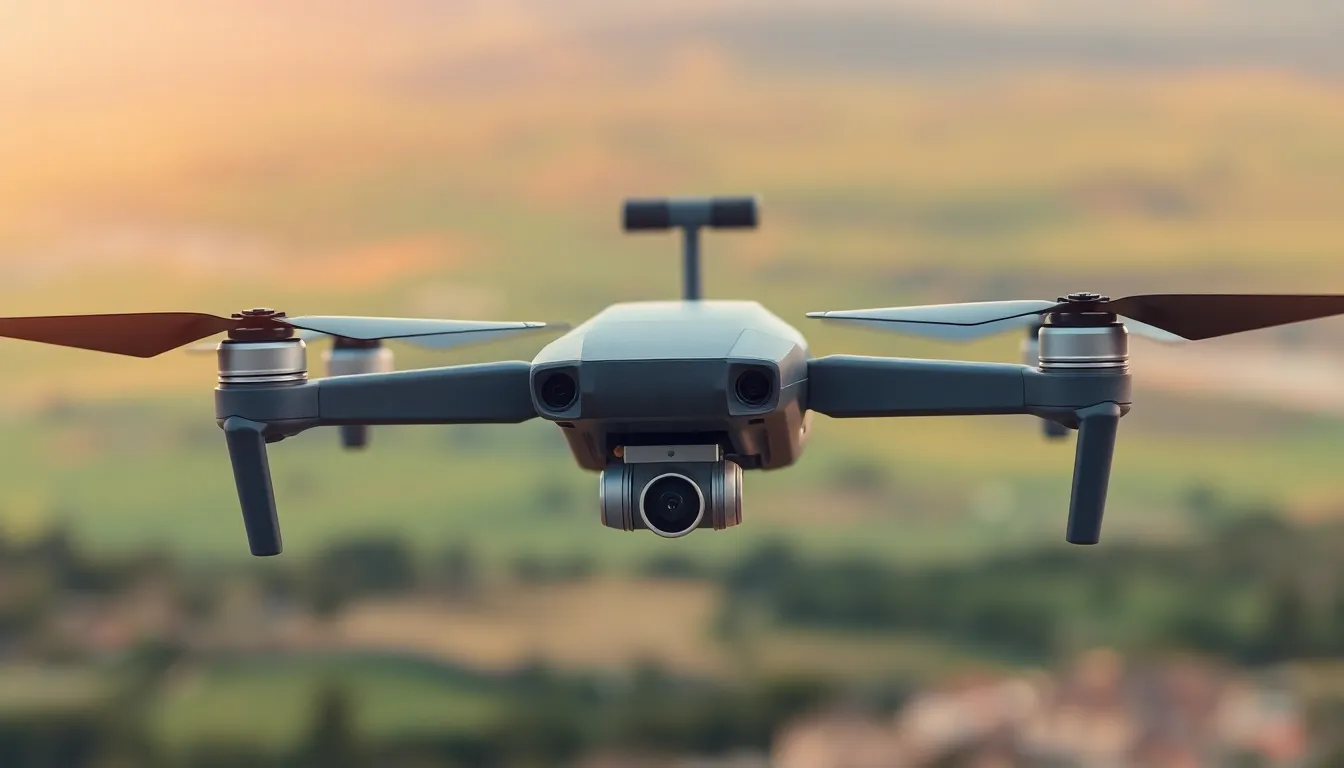Drones are the new superheroes of the skies, swooping in to capture breathtaking aerial shots, deliver packages, and even inspect hard-to-reach places. But before you let your drone take flight, it’s crucial to navigate the often-confusing maze of legal compliance. After all, nothing ruins a perfect flight like a surprise visit from the local authorities—or worse, a hefty fine that could make your wallet weep.
Table of Contents
ToggleOverview Of Drone Legal Compliance
Drone operators must navigate a complex landscape of legal requirements. Federal Aviation Administration (FAA) regulations govern most drone activities in the United States. These regulations dictate guidelines for registration, operational limits, and pilot qualifications.
Registration is mandatory for drones weighing over 0.55 pounds. It requires the operator to obtain a unique identification number, which must display on the drone. Compliance involves paying a registration fee of $5, valid for three years.
Operational limitations include maintaining a maximum altitude of 400 feet and flying within visual line of sight. Nighttime flying is allowed with proper lighting and FAA authorizations. Permission for flying in controlled airspace may require a waiver or notification to the appropriate tower.
Local laws also play a crucial role in drone operation. Municipalities often enact their own regulations concerning drone use, including restrictions on flight over private property. Therefore, checking local laws before operating a drone is essential.
Insurance considerations arise for commercial drone use. Coverage protects against liability and damages, with requirements varying based on state and local laws. Operators might explore various insurance options to mitigate risks associated with their drone activities.
Violating regulations could result in serious consequences, including substantial fines and potential criminal charges. Understanding legal compliance prevents issues with law enforcement while ensuring safe and responsible drone operation.
Key Regulations Governing Drones
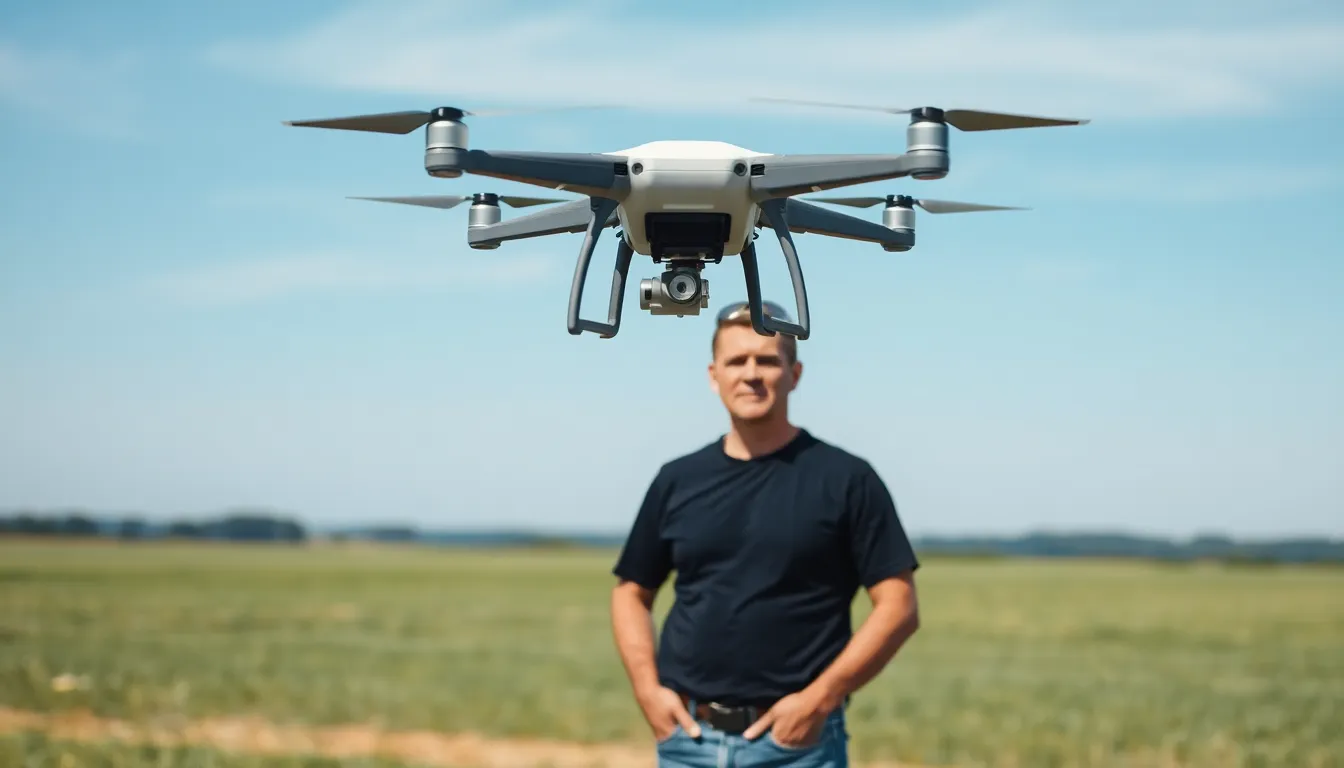
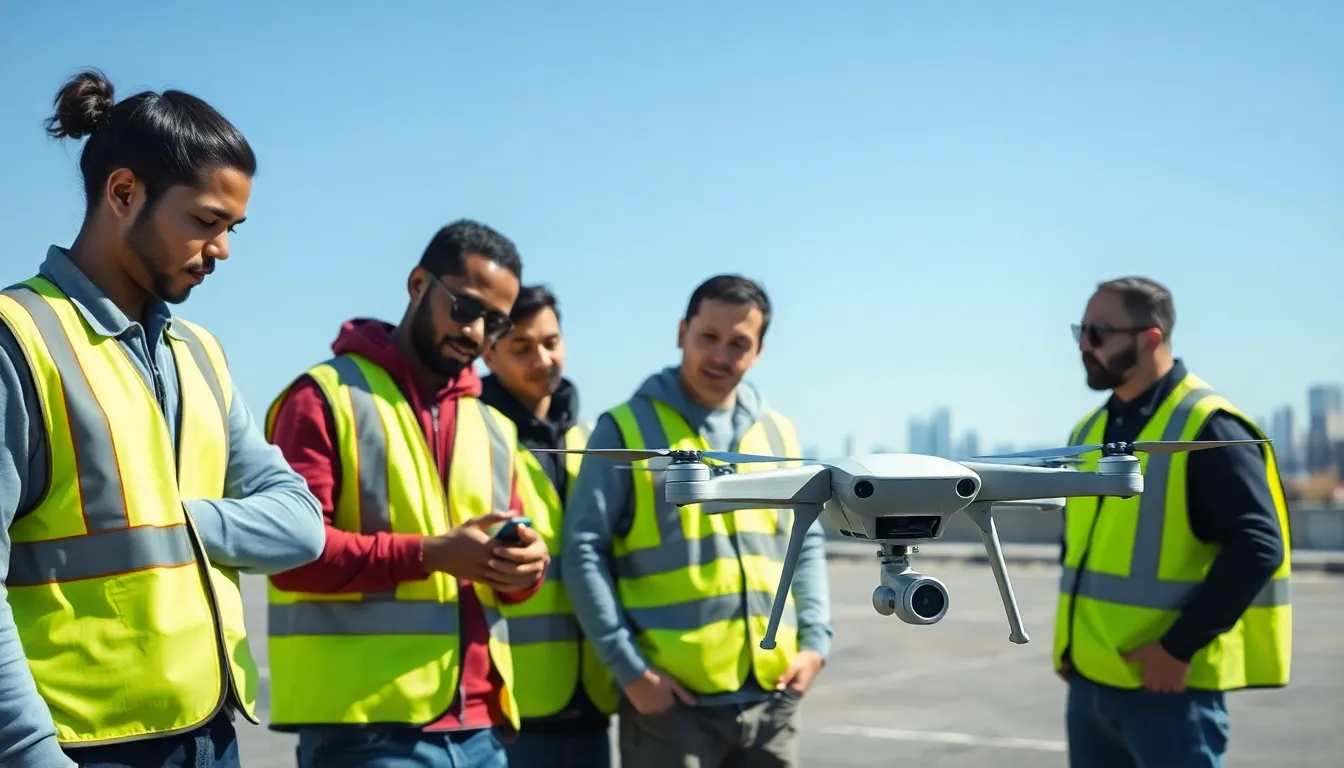
Understanding the key regulations governing drones is crucial for all operators alike. Legal frameworks set by the Federal Aviation Administration and local jurisdictions dictate safe drone operations.
Federal Aviation Administration (FAA) Regulations
FAA regulations form the backbone of drone legality in the United States. Registration is mandatory for drones exceeding 0.55 pounds. Operators must adhere to a maximum altitude of 400 feet to minimize risks. Visual line of sight is essential while flying drones, ensuring control and safety. Compliance with these basic guidelines prevents run-ins with law enforcement. Filming or photographing from drones involves additional certifications, often under Part 107. These regulations ensure safe integration of drones into the national airspace.
State and Local Laws
State and local laws enforce additional restrictions that can vary significantly from one area to another. Many jurisdictions impose rules regarding drone flights over private property, requiring permission from landowners. Certain cities have specific no-fly zones, often near schools or airports, aimed at protecting public safety. Consultation of local ordinances is essential for operators planning to fly commercially or recreationally. Violating these laws can lead to hefty fines, legal action, or confiscation of equipment. Awareness of each region’s regulations is crucial for responsible drone operation.
Importance Of Drone Legal Compliance
Adhering to drone legal compliance ensures the safety of all airspace users and fosters public trust in drone technology.
Safety Considerations
Drone operations involve various safety factors that operators can’t ignore. The FAA outlines strict guidelines for altitude limits, requiring operators to maintain a maximum of 400 feet. This altitude regulation helps prevent collisions with manned aircraft. Additionally, visual line of sight is essential during flights, ensuring that the operator can maintain control. Flying in restricted airspace, such as near airports or crowded events, poses significant safety risks. Compliance with these safety considerations reduces the likelihood of accidents and enhances the safety of surrounding people and property.
Privacy Concerns
Privacy remains a prominent issue in drone legality. Drones have the capability to capture imagery, which can lead to inadvertent intrusions into people’s private lives. Many states enforce laws that require permission to fly over residential areas to protect residents’ privacy rights. Operators must also be aware of no-fly zones established to protect sensitive locations, including military bases and government buildings. Ignoring these privacy regulations can result in severe penalties as well as damage to community trust. Respecting individual privacy ensures a responsible approach to drone operation and cultivates a positive perception of drone use.
Challenges In Achieving Legal Compliance
Legal compliance for drone operations presents significant challenges. Operators encounter a landscape filled with intricate regulations and requirements.
Navigating Complex Regulations
Navigating the complex regulations governing drones requires familiarity with FAA guidelines and local laws. Registration is mandatory for drones over 0.55 pounds. Operators must also adhere to restrictions such as a maximum altitude of 400 feet and maintaining visual line of sight during flights. Diverse regulations can vary significantly across states and municipalities. Additional certifications, like those under Part 107, ensure legality for commercial activities such as aerial photography. Understanding the interplay between federal, state, and local regulations remains essential for drone users.
Understanding Enforcement Actions
Understanding enforcement actions is critical for drone operators. The FAA actively monitors compliance and investigates reports of violations. Consequences for noncompliance include substantial fines and potential criminal charges. Reports from authorities often cite instances of reckless flying or disregarding no-fly zones. Legal actions can result from complaints made by private citizens, leading to heightened scrutiny of operators. Awareness of enforcement mechanisms ensures better adherence to regulations, promoting responsible drone usage and minimizing risks associated with violations.
Best Practices For Ensuring Compliance
Adhering to best practices for drone compliance requires deliberate actions. Operators benefit from having a structured approach to manage regulations effectively.
Pre-Flight Checklist
Using a pre-flight checklist enhances operational safety and compliance. Verify all necessary registrations before launching the drone. Check that the drone is in good working condition and has sufficient battery life for the planned flight duration. Ensure that the drone’s camera and sensors are functional if capturing photographs. Familiarizing oneself with airspace restrictions within the flight zone is essential. Operators must confirm that local regulations permit flying in the chosen area and obtain needed permissions for any restricted zones.
Keeping Up With Regulatory Changes
Regulatory shifts can happen rapidly, making it crucial for operators to stay informed. Subscribing to updates from the Federal Aviation Administration (FAA) provides reliable information on changes. Following local government announcements helps maintain awareness of area-specific laws. Engaging with drone forums or professional associations can offer real-time insights and networking opportunities. Attending seminars or workshops focuses on emerging compliance topics and best practices. Operators who actively monitor regulations reduce risks of violations and enhance safe flying experiences.

